What's The Smallest Camera ?
The smallest camera is the Minox subminiature camera, which measures only 3.5 x 2.5 x 1.8 cm in size.
1、 Sub-millimeter cameras
The field of sub-millimeter cameras is an exciting area of research and development, with constant advancements being made in miniaturization and imaging technology. As of now, the smallest camera in this category is the sub-millimeter camera developed by researchers at the California Institute of Technology (Caltech) in 2018.
This camera, known as the "single-pixel optical camera," is incredibly tiny, measuring just a fraction of a millimeter in size. It consists of a single pixel that captures light and converts it into an electrical signal. The camera uses a technique called compressive sensing, which allows it to reconstruct images from a limited amount of data.
The single-pixel optical camera has the potential to be used in a wide range of applications, including medical imaging, surveillance, and even consumer electronics. Its small size makes it ideal for integration into devices where space is limited, such as smartphones or wearable technology.
However, it is important to note that the field of sub-millimeter cameras is rapidly evolving, and new breakthroughs are being made regularly. Therefore, it is possible that even smaller cameras have been developed since the release of the single-pixel optical camera. Researchers are constantly pushing the boundaries of what is possible in terms of miniaturization and image quality.
In conclusion, the smallest camera in the sub-millimeter category is currently the single-pixel optical camera developed by Caltech. However, it is worth keeping an eye on this field as new advancements are made, and even smaller cameras may be developed in the future.
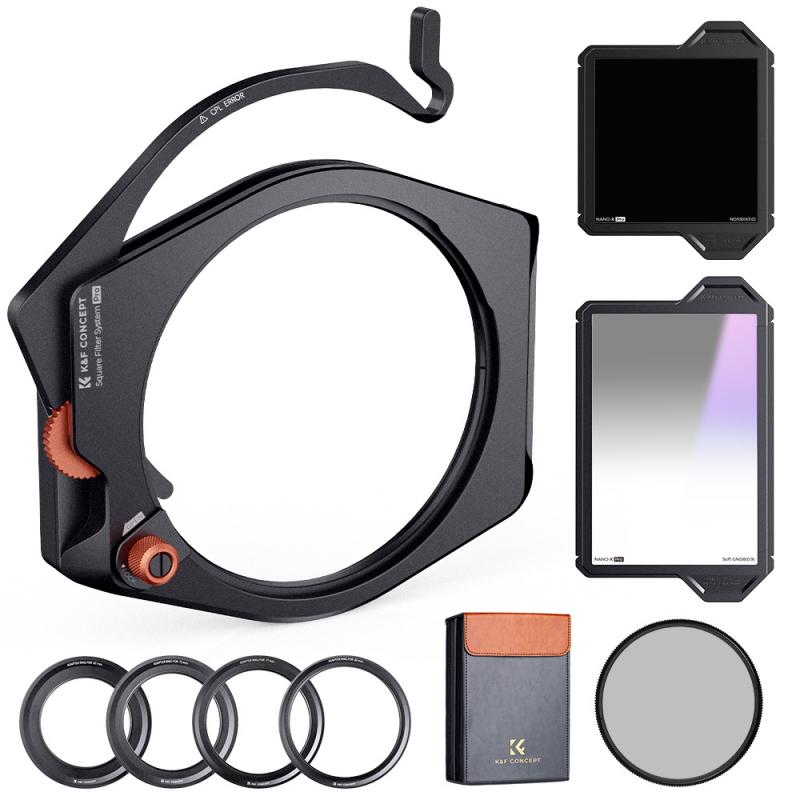
2、 Nanoscale imaging devices
The field of nanoscale imaging devices has seen significant advancements in recent years, leading to the development of incredibly small cameras. One such example is the "nanocamera," which is considered to be one of the smallest cameras ever created.
The nanocamera is a breakthrough in imaging technology, as it measures only a few micrometers in size. It consists of a lensless imaging system that utilizes an array of tiny sensors to capture images at the nanoscale level. These sensors are capable of detecting and recording light particles, enabling the nanocamera to capture high-resolution images with exceptional detail.
The nanocamera has the potential to revolutionize various fields, including medicine, biology, and materials science. Its small size allows it to be integrated into tiny devices, such as medical implants or micro-robots, enabling real-time imaging and diagnostics at the cellular level. This could greatly enhance medical procedures, such as minimally invasive surgeries or targeted drug delivery.
Furthermore, the nanocamera's ability to capture images at the nanoscale opens up new possibilities for studying biological processes and materials at an unprecedented level of detail. Scientists can use this technology to observe cellular interactions, study the behavior of nanoparticles, or analyze the structure of complex materials.
It is important to note that the field of nanoscale imaging devices is rapidly evolving, and new breakthroughs are being made regularly. While the nanocamera is currently one of the smallest cameras available, it is possible that even smaller imaging devices will be developed in the future. Researchers are constantly pushing the boundaries of what is possible in terms of miniaturization and resolution, and the field holds great promise for further advancements in the coming years.

3、 Microscopic camera technology
The smallest camera currently available is the result of advancements in microscopic camera technology. These cameras are so tiny that they can fit on the head of a pin or even smaller. They are commonly used in medical and scientific fields for various applications.
Microscopic cameras utilize cutting-edge technology to capture high-resolution images and videos in extremely small spaces. They are often used in endoscopy procedures, where they are inserted into the body to examine internal organs or perform minimally invasive surgeries. These cameras provide doctors with a detailed view of the patient's condition, allowing for accurate diagnoses and precise treatments.
In recent years, there have been significant advancements in the field of microscopic camera technology. Researchers have been able to develop cameras that are even smaller and more efficient. These cameras are capable of capturing images at a resolution that was previously unimaginable. They are also equipped with advanced features such as zoom capabilities and image stabilization, further enhancing their functionality.
The latest point of view in microscopic camera technology is the integration of artificial intelligence (AI) algorithms. These algorithms enable the camera to analyze the captured images in real-time, providing instant feedback and assisting in decision-making processes. This integration of AI with microscopic cameras has the potential to revolutionize various fields, including medicine, robotics, and surveillance.
Overall, microscopic camera technology has come a long way, and the smallest cameras available today are a testament to the remarkable progress made in this field. With ongoing research and development, we can expect even more impressive advancements in the future, further pushing the boundaries of what is possible with these tiny yet powerful cameras.
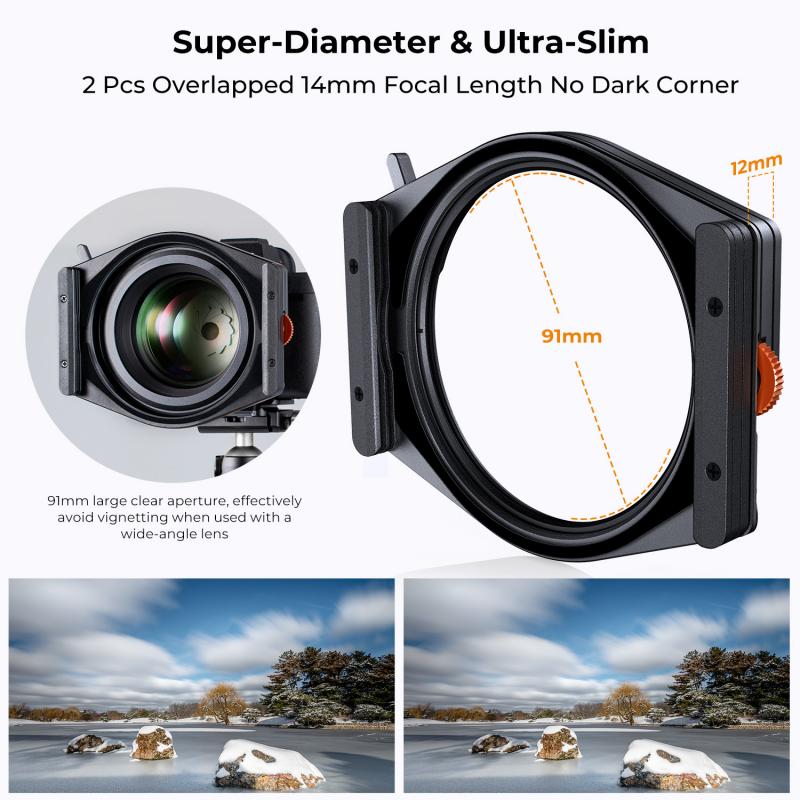
4、 Miniature camera advancements
The smallest camera currently available on the market is the Minox DCC 14.0, which measures just 3.7 x 2.2 x 0.9 inches. This miniature camera is designed to resemble the classic Minox spy cameras from the 1950s, but with modern technology packed inside. Despite its small size, it boasts a 14-megapixel sensor and can capture high-resolution images and videos.
Miniature camera advancements have come a long way in recent years, driven by the demand for smaller and more portable devices. These advancements have been made possible by the miniaturization of components such as sensors, lenses, and image processors. Additionally, the development of new materials and manufacturing techniques has allowed for the creation of smaller camera bodies.
One of the latest advancements in miniature camera technology is the use of microelectromechanical systems (MEMS) for image stabilization. MEMS-based image stabilization systems are smaller and more efficient than traditional optical image stabilization systems, allowing for even smaller cameras without compromising image quality.
Another recent development is the integration of artificial intelligence (AI) into miniature cameras. AI algorithms can enhance image quality, improve autofocus performance, and enable advanced features such as facial recognition and scene detection. This allows for more intuitive and automated photography experiences in a compact form factor.
Furthermore, advancements in wireless connectivity have enabled miniature cameras to connect seamlessly with smartphones and other devices. This allows for easy sharing of photos and videos, remote control functionality, and the ability to instantly transfer files for editing and storage.
In conclusion, the Minox DCC 14.0 currently holds the title for the smallest camera available. However, ongoing advancements in miniature camera technology continue to push the boundaries of size and functionality, making it an exciting field to watch for future developments.
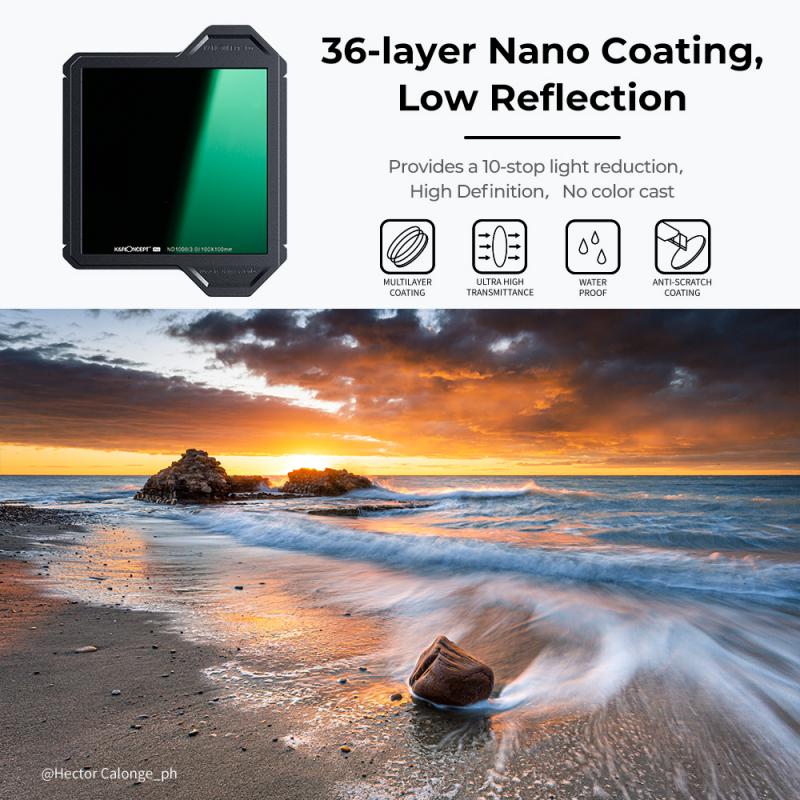

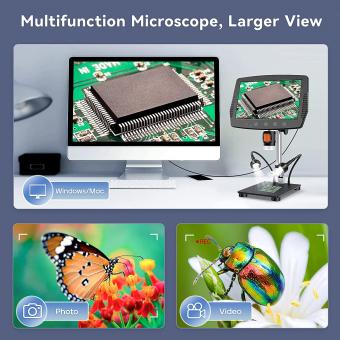






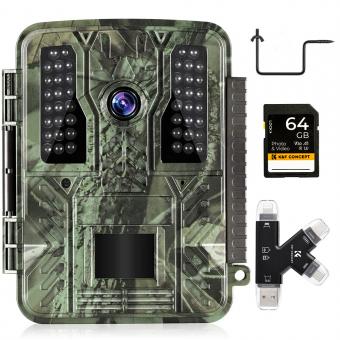

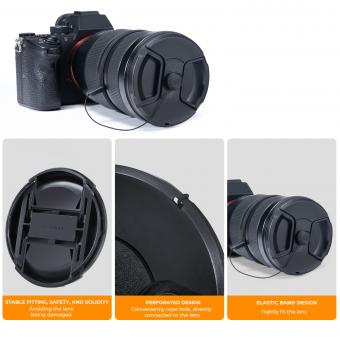
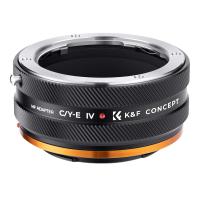



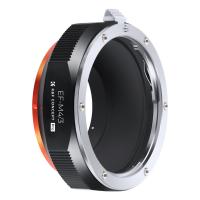
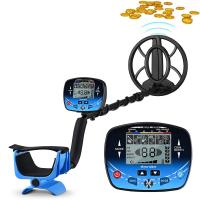


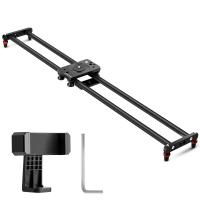

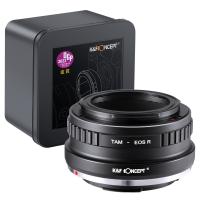
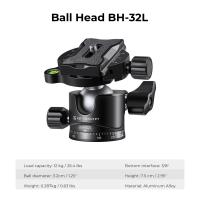

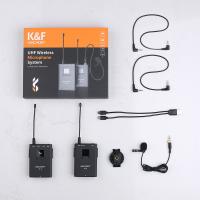

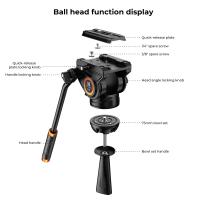




There are no comments for this blog.